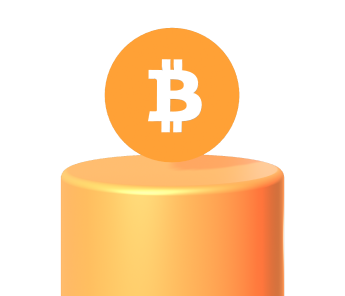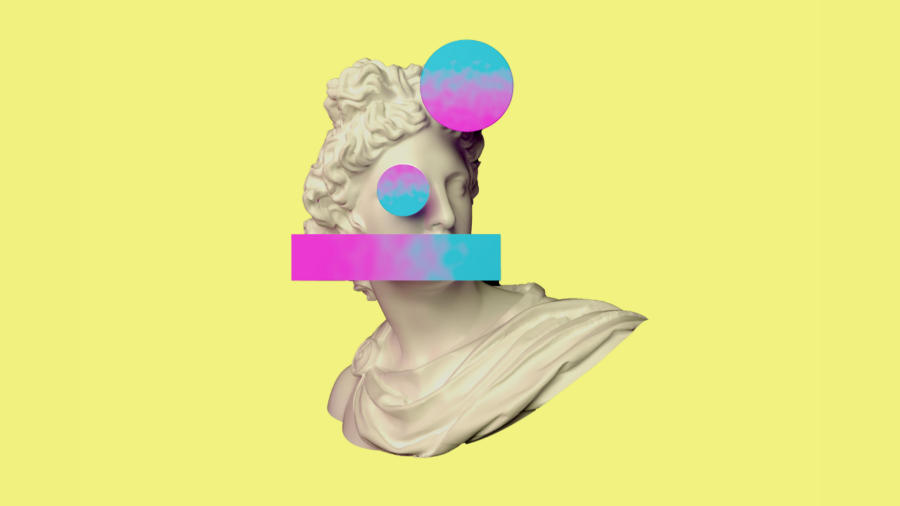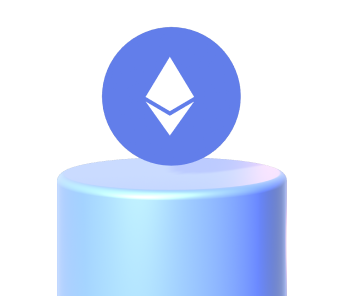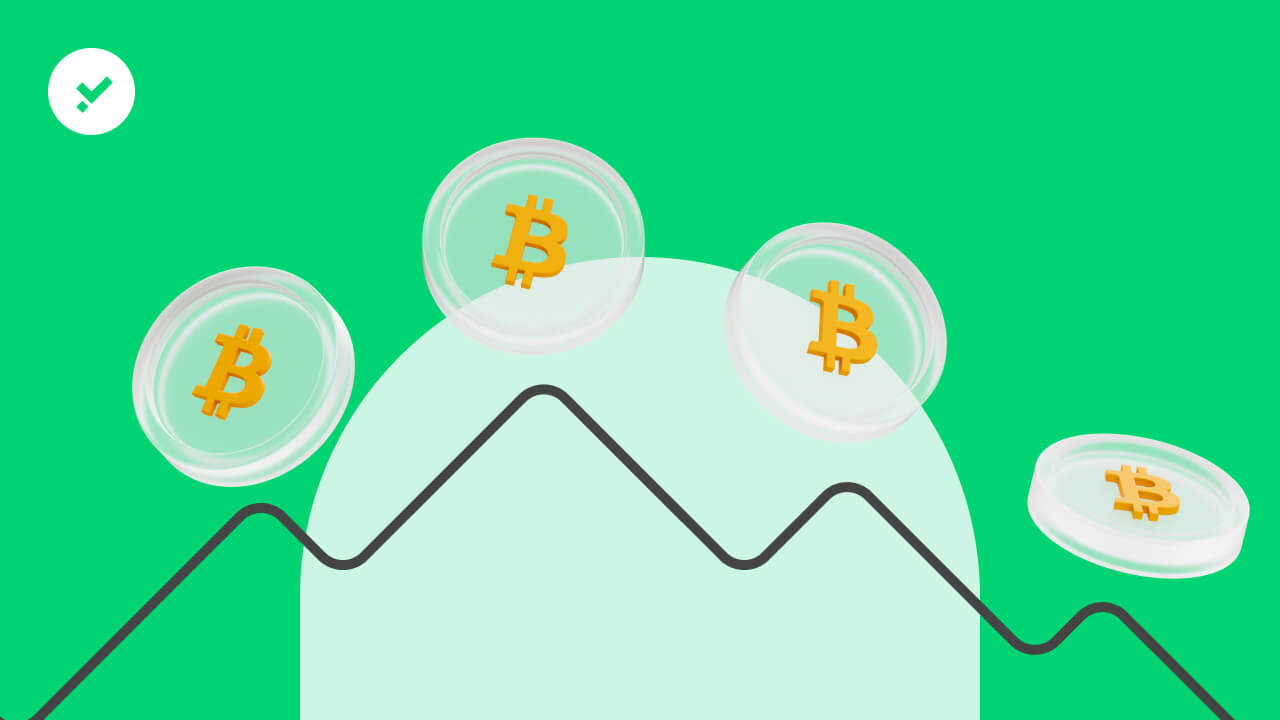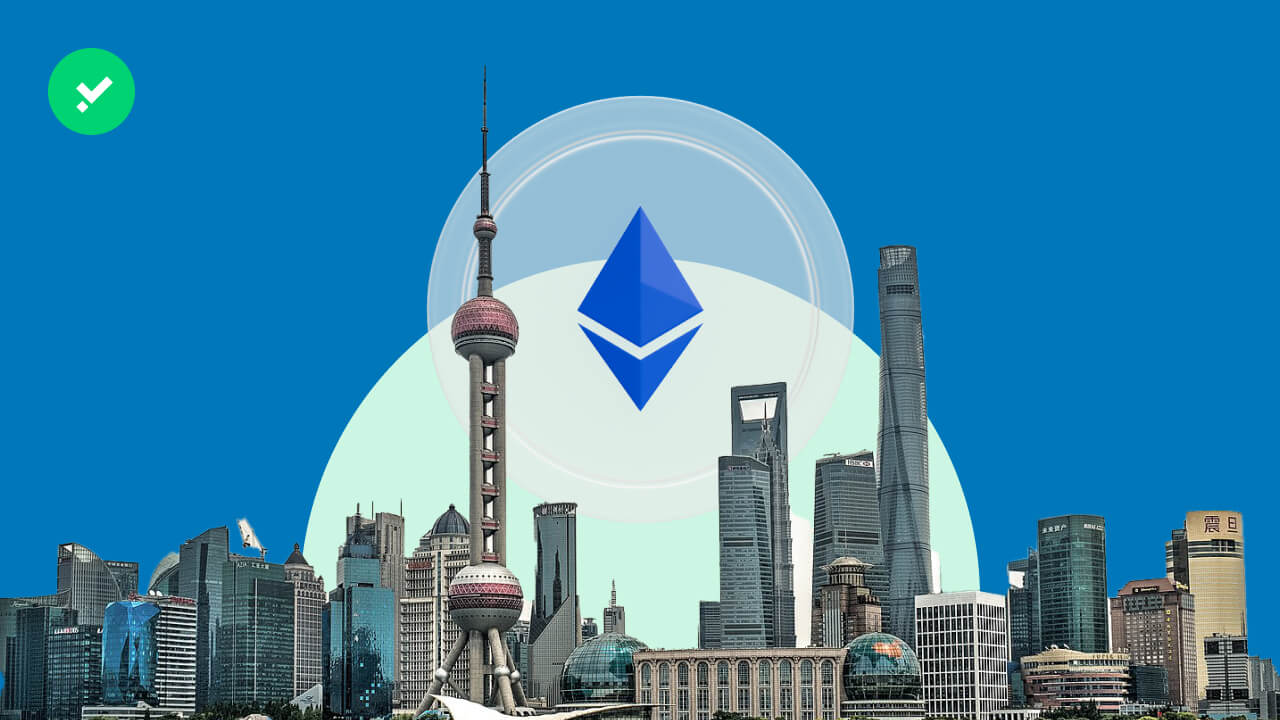In just a few days, billionaire Gautam Adani lost a large part of his fortune. What happened to the Adani Group?
The collapse of the Adani Group was a major blow to the Indian economy. In just a few days, billionaire Gautam Adani’s empire lost significant shares, estimated at around $100 billion.
Adani Group: the collapse and financial scandal
What triggered the collapse of the Adani Group were the serious allegations made by the US firm Hindenburg Research. On 24 January 2023, the Indian giant was accused of using tax havens, tax fraud, share value manipulation and unsustainable debt. Hindenburg placed the main emphasis on the high debt.
Adani Group CFO Jugeshinder Singh called the Hindenburg report a ‘malicious combination of selective misinformation and stale, unfounded and discredited allegations’. Singh stated that the company has always complied with all laws and suggested that the allegations had a devious purpose.
Singh was referring to the upcoming IPO (Initial Public Offering) of Adani Enterprise, the flagship branch of the group, which was to be listed on 27 January with the aim of raising USD 2.5 billion. According to the CFO, Hindenburg would have exposed itself at a crucial moment, just in time to block the IPO. Which indeed happened, the Enterprise’s IPO was cancelled, marking the peak of Adani Group’s collapse.
Hindenburg’s accusations had immediate effects. The group’s seven listed companies lost a total of $10.73 billion in market capitalisation in one day. Just as Gautam Adani’s net worth dropped from $126.4 billion to $120 billion. Moreover, a large number of investors abandoned Adani Group.
Finally, the Indian market regulator, the Securities and Exchange Board of India (SEBI), started an investigation (still ongoing) to confirm or deny the validity of the allegations made.
Adani Group vs Hindenburg Research
In the early stages of this affair, Adani Group hinted that it would take legal action against Hindenburg. The latter in turn commented on Twitter:
Who is behind Hindenburg?
Hindenburg Research is a forensic financial research firm that analyses equities, credit and derivatives, founded in 2017 by Nathan Anderson. On its website, Hindenburg says they look for “man-made disasters” such as accounting irregularities, mismanagement and suspicious transactions. And on Twitter they specify ‘we burst bubbles where we see them’.
The firm was named after the Hindenburg airship disaster that caught fire in 1937 while flying towards New Jersey.
After identifying potential wrongdoing, Hindenburg publishes a report explaining the case and bets against the targeted company, hoping to make a profit. According to its website, Hindenburg has reported at least 16 companies since 2017.
Gautam Adani, who is the Indian billionaire?
Before the collapse of Adani Group, Gautam was the third richest person in the world. According to Forbes, he is now at the 32nd position in this ranking.
The entrepreneur, originally from Gujarat in western India, built his empire from scratch after starting his career as a commodities trader. He was born on 24 June 1962 into a large family, consisting of his textile dealer father, mother and seven siblings.
After compulsory schooling, Adani enrolled in the Faculty of Economics at the University of Gujarat, but dropped out after two years. He then moved to Mumbai with just over a hundred dollars in his pocket, where he started working as a diamond selector for Mahendra Brothers. After three years in the diamond business, he opened his own company, but the real turning point came when his older brother asked for his help in handling a large shipment of plastic that he had purchased. From there, he began his career in the commodities business that led him to found the Adani Group in 1988.
This is not the first time that Gautam has ended up at the centre of a scandal. He is in the spotlight mainly because of his friendly relationship with Narendra Modi, the Indian Prime Minister. The latter, as a supporter of Adani, found himself in trouble in the face of Hindenburg’s accusations. This is why the issue also took a political turn.
The most recent controversy that has engulfed Adani concerns the protest of some fishermen against the construction of a $900 million port in Kerala, southern India.
Also in Australia, environmental activists have been protesting for years against the Carmichael coal mine project by Adani in Queensland, over carbon emissions and damage to the Great Barrier Reef.
Adani Group: what does it do?
Adani Group is a conglomerate, i.e. a company that operates in several sectors through separate subsidiaries. The company was founded in 1988 and is based in Ahmedabad, in the Indian state of Gujarat. The company operates in various sectors, including energy, transport, agriculture, logistics and utilities. Some branches of the group are the aforementioned, Adani Enterprise, Green Energy, Power, Ports & SEZ.
The group is one of the largest private power producers in India, with a renewable energy generation capacity of over 18,000 MW.
Its growth has been large and remarkable over time thanks to a strategy of diversification and acquisitions. It has a global presence and also operates in Australia. United Arab Emirates, Bangladesh and Myanmar.
By November 2022 it was the second largest conglomerate in India.
But the company does not only have industrial interests, the company also owns several sports teams such as the Gujarat Giants of the Pro Kabaddi League and the Gulf Giants of the Cricket League.
Simple allegations, which have not yet been confirmed, led to the sudden collapse of the Adani Group. However, this is not a definitive exit or bankruptcy. Until the investigations are concluded for Indian billionaire Gautam Adani, the game is still open.
